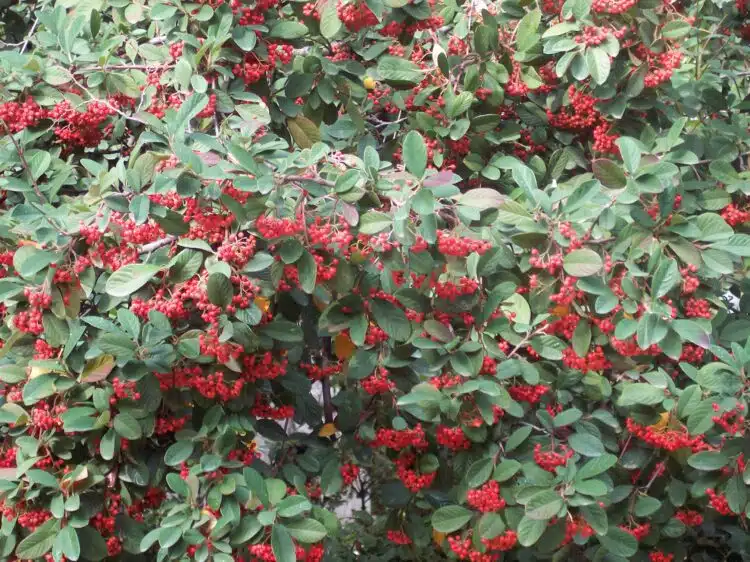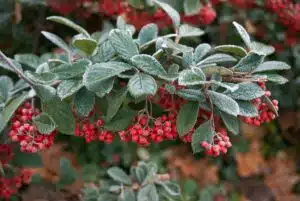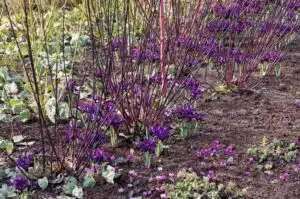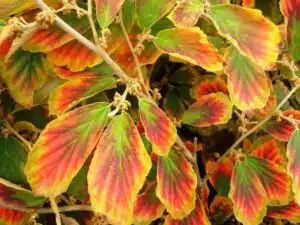HALF PRICE SALE ENDS AT MIDNIGHT – ORDER NOW!
***TODAY ONLY – GET AN EXTRA 10% OFF SALE PRICES WITH CODE FLASH10***
Menu
HALF PRICE SALE ENDS AT MIDNIGHT – ORDER NOW!
***TODAY ONLY – GET AN EXTRA 10% OFF SALE PRICES WITH CODE FLASH10***
 https://www.hopesgrovenurseries.co.uk/wp-content/uploads/2024/02/cotoneaster-lacteus-2-750x562.jpg
RED STEMMED DOGWOOD CORNUS ALBA SIBIRICA
https://www.hopesgrovenurseries.co.uk/wp-content/uploads/2024/02/cotoneaster-lacteus-2-750x562.jpg
RED STEMMED DOGWOOD CORNUS ALBA SIBIRICA
Red is such an important colour in the garden, because it seems to bring the whole colour palette to life. J.M.W. Turner, the famous 19th century landscape painter, knew all about this. He deliberately added the merest touch of red to many of his landscape paintings. It might have been a red lifebuoy, or a sailor’s red trousers, or a jaunty pennant, or a flickering lantern. They all brought the whole painting to life and it’s just the same in the garden whether it’s a pot of red tulips in the spring, a rose in summer, or a decadent dahlia in the fading days.
Those vibrant touches are especially important in winter, when the garden changes like a chameleon in a rainforest. On damp days the garden wears army fatigues, a muddy mixture of greens, browns and black. When winter sun shines, it morphs into grey, silver and beige. But when frost dusts the ground, it becomes a crisp monochrome sketch.
The low winter sun slants through the garden, deepening colour and backlighting stems, hips, haws, berries and fruit. Fortunately, the birds who clear the berries from holly trees and pryacantha before Christmas arrives, seem far less keen on cotoneasters. Their berries often persist into early spring, unless cold weather brings in flocks of fieldfares and redwings. They scatter plenty of berries on the ground.

Cotoneaster lacteus produces clusters of bright-red berries that bob above dark-evergreen leaves, under-felted in soft-white. You can create a hedge, or use it as
a large specimen on a boundary edge, for this large shrub from Yunnan in China will reach 4 – 8m or up to 26ft. It’s fussy about soil and this large shrub can tolerate a windy position. That’s when you notice the paler backs on the leaves, rustling in the breeze. In spring, the new shoots are covered in brown hairs and the white flowers appear in July, giving it the common name of Milkflower. You can hear the buzz in summer, because pollinators adore the flowers.
Cotoneaster lacteus is long-lived and there’s still a hedge at Glasnevin Botanic Garden in Ireland, raised from George Forrest’s original collection. It was planted in 1922. Pruning must always be done in the summer, so the cuts heal before winter. If you’re on well-drained soil and you have a sunny position, C. simonsii from Sikkim in India and Bhutan produces pink-white flowers. These are followed by orange-red berries, even when it’s clipped into a hedge.
Like all plants from the slopes of the Himalaya, an area that gets summer rainfall and dry, cold winters, it needs good drainage in winter. If you’re by the coasts, where winters are not too harsh, or in one of the warmer areas of the UK, C. franchetii will provide silver-grey foliage and contrasting orange-red fruit.
Although most shrubs prefer reasonable drainage, willows and dogwoods will colonise damp ground above the waterline, very happily. Some have colourful red stems that come to life when winter sunshine strikes, so you need to place them where winter sun strikes. There’s a wonderful stand of pollarded Salix alba var. vitellina ‘Britzensis’, the coral bark willow, that’s reflected in a pond at RHS Wisley, close to alpine bulb lawn.
You can get the same blaze of red using a colourful dogwood, Cornus alba ‘Sibirica’, whether it’s planted close to still water or in a damp soil. This red-stemmed dogwood has pencil-thick stems and a stoloniferous habit, which means that new stems pop up a few inches away from the others. Once it’s established, the stems can be ‘stooled’ or cut back to ground level in late spring. Fresh, brightly coloured stems appear from the ground soon after. If you leave the old stems year on year, they develop a dull-red patina, so the ‘stooling’ process is important because it keeps the stems vivid.

Don’t confuse these shrubby thick-stemmed dogwoods with the following ornamentals, Cornus kousa and Cornus controversa. They make fine specimen plants and cutting them back hard would almost certainly be fatal, I fear! And don’t muddle them up with the twiggier Cornus sanguinea dogwoods either, because these only need a gentle prune every spring.
‘Annie’s Winter Orange’ produces a bonfire of twigs that starts off yellow at the base and then colours up to warm-orange at the tips. These bushy dogwoods make good hedging or specimen plants and, once they become fully grown And reach 2 – 3m ( 10ft) they don’t require much pruning. The growth rate is fairly slow though.
You can create bold drifts of twiggy colour, using three, five or seven of these colourful dogwoods in a ribbon-like swirl. Never make a blob! The gaps between them will allow you enough room to interplant evergreen plants. It might be the unattractively-named stinking hellebore, Helleborus foetidus, a better plant than it sounds. The deeply divided dark-green foliage supports red-edged apple-green bells that appear in February. The musky, meaty smell from the flowers attracts pollinating flies, who adore any green flower.
Or you could add a stripy coolly variegated carex, such as ‘Everest’. This is more graceful than the brasher starfish that is ‘Evergold’. Or you could interplant with polypody ferns, because these are very handsome in winter. Their name (poly-pody) means multi-footed and these ferns spread out by producing spaced fronds, but they are not aggressive spreaders. The gaps between the polypody fronds create space for self-seeding bulbs, such as Scilla siberica, and snowdrops. Polypodies are the most handsome winter fern of all, with Christmas-tree shaped fronds that appear in autumn and persist through winter. ‘Richard Kayse’ is a stunner, the holy grail of winter ferns.
If you’re going to make a dogwood hedge Hopes Grove recommend spacing 3 per metre of ground, that roughly 18 inches between each. Thicker, red-stemmed normally have attractive green foliage and tiny white flowers, but there is a golden-leafed form named ‘Aurea’, a variegated yellow and green named ‘Spaethii’ and a cool cream and white variegated form called ‘Elegantissima’.
Variegation should come with a good-taste guide because it can come in warm golden and green combinations or cooler creams and whites. The two do not sit well together and they also need different partners. If you’re using a warm, almost-brash mixture of gold and green mix it up with yellow and blue flowers. Cool variegation mixes best with pinks and purples. Whichever dogwood you plant, they all give early autumn colour. Their foliage takes on a damson hue by the end of September.
These colourfully stemmed dog woods come in more colours including the olive-green ‘Flaviramea’ and the black-stemmed ‘Kesselringii’. The sooty stems of the latter flatter white-flowered hybrid hellebores and snowdrops.

If you’ve lots of space, the capacious Persian Ironwood or Parrotia persica bears red buds that open to produce small spidery flowers, rather like miniature witch hazel flowers. Not surprising, because both belong to the same plant family. The peeling parrotia bark is another feature, with shades of pistachio and pink showing through. The winter stems have a chestnut colouring and the young foliage has a red blush. The autumn colour, a rich-orange, is always superb. It’s one of those wider than tall shrubs, spreading to 8m /26ft, and in summer it’s clothed in red-edged, vivid green leaves.

Many of our customers buy topiary plants (and hedging plants) to grow in containers, one frequently asked question is how large does the pot that I plant them into need to be?
Expert horticultural advice on the merits and pitfalls of planting bare root yews, and how to get the best from them.
Pleached trees are a garden-design favourite, because they provide an instant leafy screen that looks stylish as soon as it’s planted. They offer privacy for you and they help to muffle noise and that’s becoming more important in our busy world. They provide a living screen that’s far more eco-friendly than a stark wooden fence…